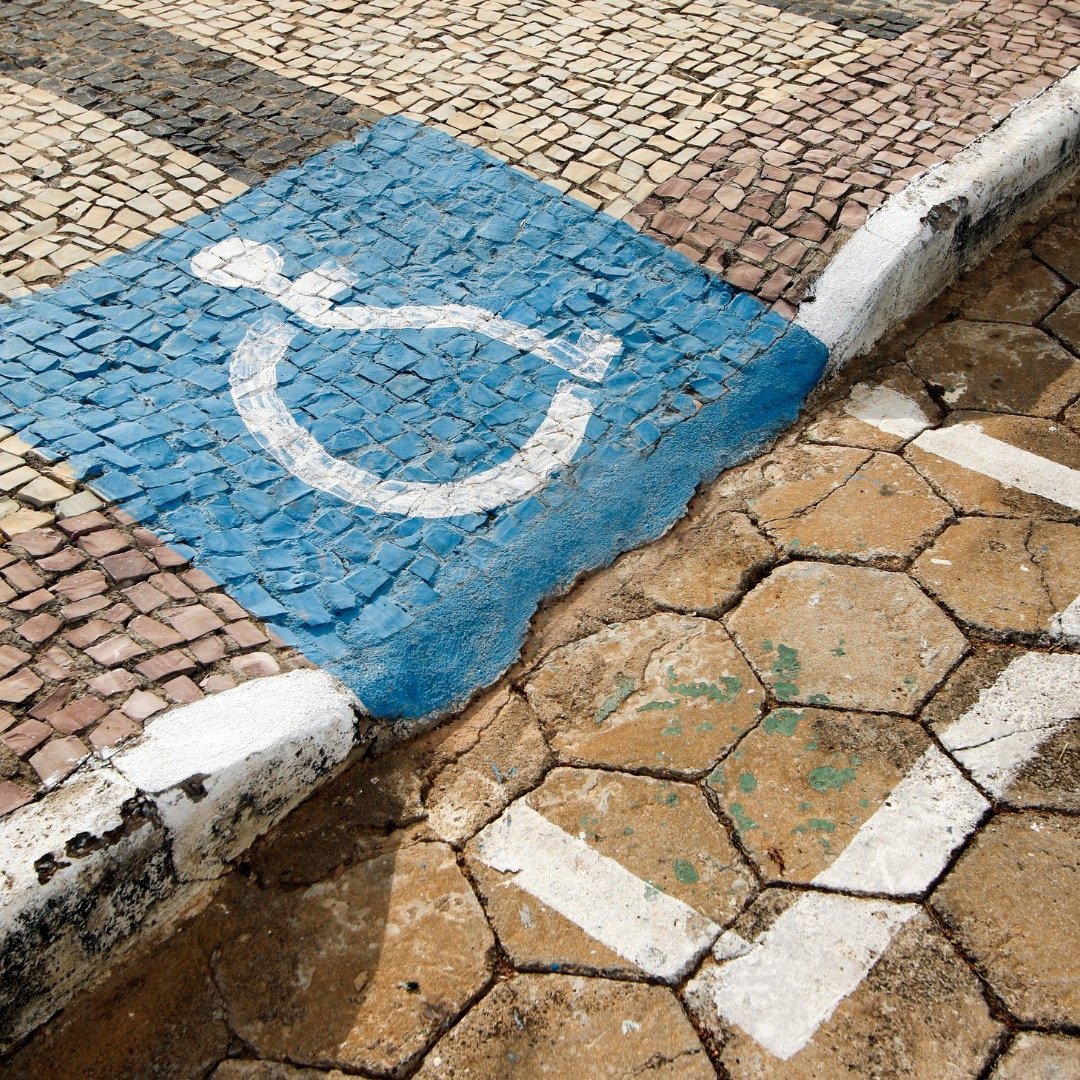Americans with Disabilities Act and Representation in the Public Experience
By Brooke Nelson, Student, University of Southern California
All citizens have the right to enjoy and experience public places. However, there are significant risks associated with visiting those spaces for the physically disabled, including inadequate accommodations. Institutions such as museums must address inclusion and recognize the disabled experience to mitigate the risks of accidents and discrimination. The Americans with Disabilities Act (ADA) requires institutions to provide equal access and services to all audiences. Furthermore, Title III Regulations prohibit discrimination on the basis of disability in the activities of places of public accommodation and require newly constructed or altered places to comply with ADA standards. These regulations mandate ramps, transportation, parking spaces, and restrooms so that those with disabilities can easily access these facilities as others do. These efforts allow visitors to engage and enjoy different public settings such as libraries, museums, and schools. Violations may result in legal consequences or fines based on existing laws. Because of this, institutions can manage the risk of legal and financial implications by adhering to proper codes and procedures.
The National Endowment for the Arts is an independent federal agency that financially supports engagement with art and culture. Its database includes vast sources and statistics about disability compliance and representation, specifically in the arts. The study found a significant discrepancy in the number of museum visitors who are from the disabled community. A government study found that more than 8 out of 10 people who are visually impaired said they would go to museums more often if the contents and works were more accessible. Therefore, the likelihood of risks including physical barriers is high. Further issues addressed included the lack of adapted content and tours, as well as safe accessibility inside the museum, which culminated in reasons for not visiting. Policies and solutions that comply with the ADA constantly change over time. Therefore, prioritization must include addressing physical barriers to entry. This includes proper wheelchair accessibility, braille, raised maps, and proper lifts. Physical accommodations provide fairness and access. Art museums across Europe include these practices, as well as the Seattle Museum, which provides color-blind glasses to maximize experiences. Furthermore, access and representation can be found in many different ways. Accessibility can include incorporating online platforms, larger fonts, sensory maps, interactive touch pads, and educational efforts for all. This involves institutions becoming active participants based on the needs of all. Overall, creating an equitable museum space has the potential to spread into all aspects of society, promoting inclusiveness and understanding.
Finally, ongoing monitoring of the premises is highly advised as ADA requirements change over time. In addition, receiving feedback from visitors is an important way to continue to develop and best serve those who are disabled. Art is a reflection of experience, and by maintaining ADA compliance as well as considering personal reflections, museums can become institutions where all experiences are honored and preserved.
Works cited
Argyropoulos, Vassilios S., and Charikleia Kanari. “Re-Imagining the Museum through ‘touch’: Reflections of Individuals with Visual Disability on Their Experience of Museum-Visiting in Greece.” Alter 9, no. 2 (2015): 130–143.
Cachia, Amanda. “‘Disabling’ the Museum: Curator as Infrastructural Activist.” Journal of visual art practice 12, no. 3 (2013): 257–289.
Edelstein, Ross. “New Foundations: Principles for Disability-Inclusive Museum Practice.” Journal of museum education 47, no. 2 (2022): 192–205.
Fox, Ann M. “Invigorating Disability Aesthetics through Art and Performance: A Report from the Bodies of Work Festival of Disability Arts and Culture 2013.” Journal of literary & cultural disability studies 9, no. 3 (2015): 349–355.
Martins, Patrícia Roque. “Redefining Disability in Museums: Exploring Representation.” The international journal of the inclusive museum 15, no. 1 (2021): 21–31.
McMillen, Rebecca, and Frances Alter. “Social Media, Social Inclusion, and Museum Disability Access.” Museums & social issues 12, no. 2 (2017): 115–125.
New Nea Research on Arts Participation among people with disabilities. National Endowment for the Arts. (n.d.).
https://www.arts.gov/news/press-releases/2015/new-nea-research-arts-participation-among people-disabilities
Shogren, Karrie A., Aldo Caldarelli, Noemi Del Bianco, Ilaria D’Angelo, e Catia Giaconi. “Co Designing Inclusive Museum Itineraries with People with Disabilities: A Case Study from Self-Determination.” EDUCATION SCIENCES AND SOCIETY, no. 2 (2022): 214–226.
Study on the accessibility of museums to visually impaired people. (n.d.). https://blog.evelity.com/en/study-accessibility-museums

